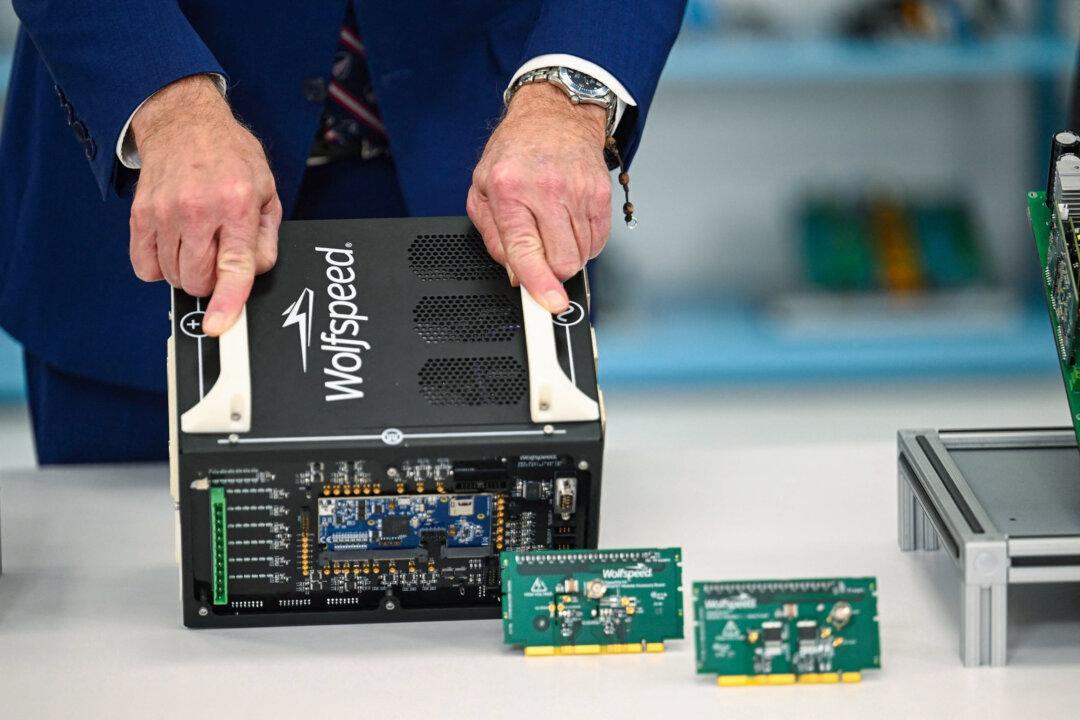The United States is at risk of surrendering its leadership in gallium nitride (GaN) semiconductor technology to China in the absence of new policies and investment, according to researchers from the Washington-based Center for Strategic and International Studies (CSIS).
“China’s goal is to become the leader in GaN semiconductors. It is pouring substantial resources into GaN-related research and development, aiming to gain an edge in this critical technology,” wrote Sujai Shivakumar, director and senior fellow of CSIS’s Renewing American Innovation Project, and two of the project’s research interns, in their article published on May 20.





